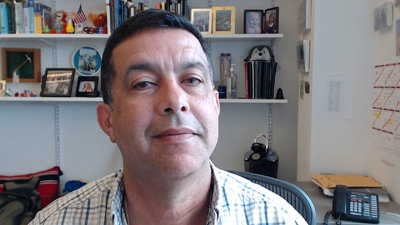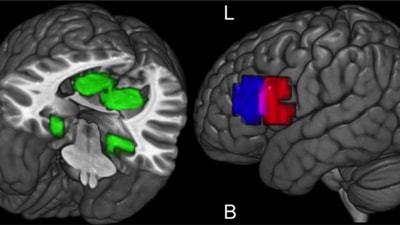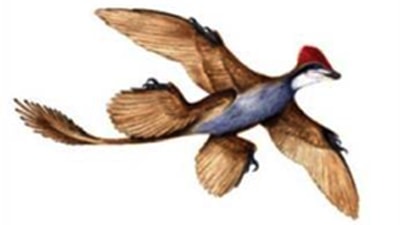Thursday, June 18, 2015
BLENDED LEARNING TO BOOST CAPACITY OF COMPUTER SCIENCE COURSE
Google-funded Project Seeks Ways To Meet Growing Demand for Classes

By Byron Spice / 412-268-9068 / bspice@cs.cmu.edu
Carnegie Mellon University will begin adding online instructional tools and targeted study groups to a popular introductory computer science course this fall in an effort to accommodate more students while maintaining instructional quality.
The idea behind the multi-year research project, sponsored by Google, is to find a way to leverage existing faculty to meet a growing demand for computer science courses, while also expanding the opportunities for underrepresented minorities, high school students and community college students, said Jacobo Carrasquel, associate teaching professor of computer science.
The approach is not to simply put lectures and course work online, as is typical of massive open online courses, or MOOCs. Rather, Carrasquel will use a blended learning approach that largely replaces formal lectures with videos and optional mini-lectures, and uses an online software application called Classroom Salon to identify concepts that need to be reinforced by instructors in small group meetings with students.
“As we teach a wider diversity of students, with different backgrounds, we can no longer teach to ‘the middle,’” Carrasquel said. “When you do that, you’re not aiming at the 20 percent of the top students or the 20 percent at the bottom.”
 Jacobo Carrasquel is developing videos and mini-lectures and incorporating CMU's Classroom Salon to reach more students in an introductory class for non-computer science majors.
Jacobo Carrasquel is developing videos and mini-lectures and incorporating CMU's Classroom Salon to reach more students in an introductory class for non-computer science majors.
By devoting less time to lectures and by using Classroom Salon to identify groups of students with common instructional needs, it should be possible for existing instructors to target the needs of students across the entire spectrum of capabilities.
Carrasquel will begin this fall to add the new elements to his Data Structures and Algorithms course, which attracts non-computer science majors from across the CMU campus. The changes will be fully implemented in the course next spring.
“As we teach a wider diversity of students, with different backgrounds, we can no longer teach to ‘the middle.’” — Jacobo Carrasquel
He and his collaborators, including Marsha Lovett, director of CMU’s Eberly Center for Teaching Excellence, will be evaluating not only the instructional effectiveness of the changes, but whether these elements are scalable — whether they would make it possible to expand enrollment without increasing the instructional staff or adding classrooms.
The project is receiving $200,000 in its first year through Google’s Computer Science Capacity Awards program, which seeks to identify classroom innovations that help computer science programs manage the growing demands by students for computer science instruction.
With industry demand for computer scientists at an all-time high, it will be difficult to manage the demand for computer science instruction by simply hiring additional faculty, said Ananda Gunawardena, a Princeton University faculty member who is collaborating on the project. But simply videotaping lectures and pushing entire courses online isn’t an answer, either, he added.
“You’re looking for something in between,” said Gunawardena, who worked with English Professor David Kaufer to create Classroom Salon while he was a faculty member in CMU’s Computer Science Department. “You’re looking for that sweet spot.”
Classroom Salon can help by enabling students to share their thoughts and questions about course readings and materials; the app’s analytical tools can identify common issues or subgroups of students who need special help. Faculty members or student teaching assistants can arrange study groups as necessary based on this information.
High school students today rarely have opportunities to take more than one Advanced Placement course in computer science, so Carrasquel will work with a high school consortium to transfer the course materials to their schools in the fall of 2016. Plans call for also sharing the materials with community college instructors.
“We’re not just looking to build enrollment, but also to make computer science instruction accessible to underrepresented minorities and other students who might not have had an opportunity to develop a strong interest or background in computer science,” Carrasquel said.
This is an example of the work being done through CMU’s Simon Initiative. Named for the late Nobel and Turing Award laureate Herbert Simon, this initiative harnesses a cross-disciplinary ecosystem of learning science that has developed over several decades at CMU, with the goal of measurably improving student learning outcomes.



